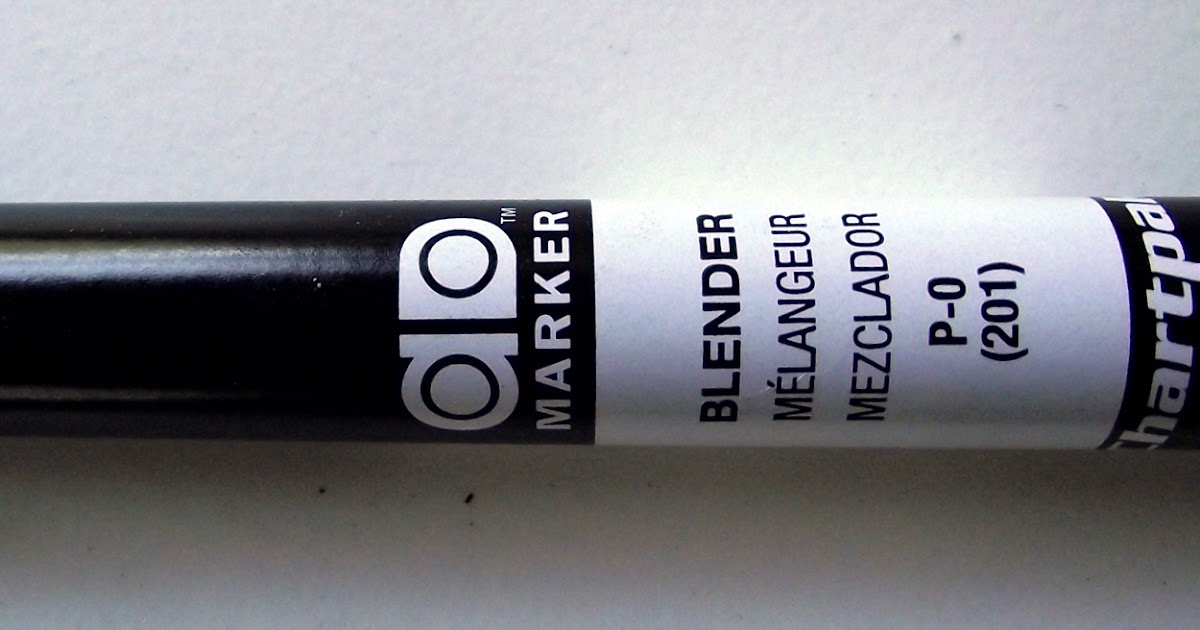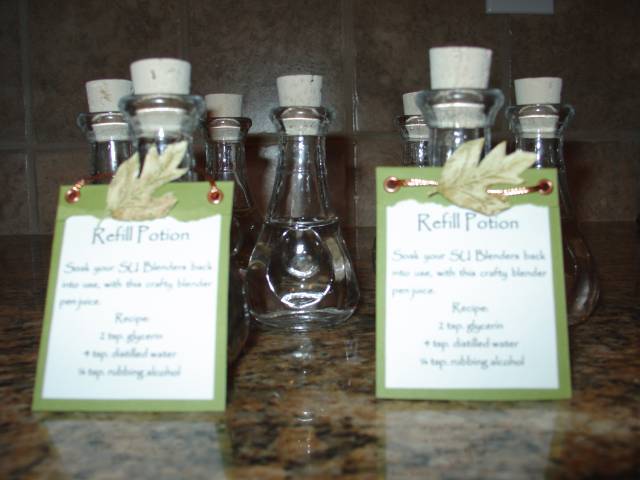
It is chemical (and you could alternative buy a can of Xylene as well), and it should be used in a well ventilated area-it's toxic in large doses and smells).

ChartPaks are filled with a chemical called Xylene-which is a solvent like Acetone (nail polish remover).

This image will transfer backwards so be especially careful of words. Click on these links to go directly to particular image type (or just scroll through this post for all seven methods): That's why I've sorted these seven different transfer methods by image type. Like I said, it's important to know which methods work for different types of images. That may be okay, but if not (such as with words) you should reverse print/copy your image backwards first. Finally, many methods (but not all of them) reverse your image.Either way and really, no matter what method, the key is to find images with high contrast. Usually, color or black and white images both work.Ironically, we often hear image transfers called "photo transfers", but photographs can not be transferred directly.Some things you should know about images: With the right method-as you'll see below-you can also transfer images cut directly from magazines or newspapers OR printouts from inkjet printers, b ut you have to use the right image transfer method for that type of image. Generally, copies of images from laser printers/toner copiers make for the best image transfers. You should definitely experiment with surfaces and image transfers-and actually, that is part of the fun.
#Photo blender pen mod#
I am focusing on transfers that work well in art journals, here.Īlso, many (but not all) transfer methods use wet mediums to make the transfer, so make sure any layer below the transfer will not activate with water (such as a layer of dried a crylic paint, gesso or matte medium (or mod podge). However, each surface takes a transfer differently, and some mediums do not work with some surfaces. You can do an image transfer on all kinds of surfaces (depending on the transfer method), including wood, canvas, fabric, glass-and paper, such as an art journal page. First, what you need to know: surface and image Understand your surface Below you'll find instructions for seven different ways to make an image transfer using: gel mediums, solvents, acrylic gesso or paint, packing tape, acrylic skins, or specialty printer papers. As it turns out, it depends on what kind of image you want to transfer and for what effect. You'll find tutorials all over the internet for different methods to make an image transfer-but it's difficult to know which process is "best".

The image itself gets transferred-but it's usually a more transparent image than the original, which makes for great layering. A 20 X 30 board is $35.00.Have you tried image transfers in your art journal?Īn image transfer is basically a process of lifting the toner of a printed image-the ink-and applying it to another surface. For an additional charge, See3d can also layout and print a display board similar to below to have on-site. You may choose to have your final image presented as an elevated floorplan, or as a photo-realistic perspective. Process time is dependent on our current workflow, but the final product can usually be delivered within 5-7 days after receipt of deposit.įor more information about the process, current schedule, and terms of work, please contact package price of $395 includes the site visit, design plan specific for your project, and high-resolution images for your own marketing collateral. See3D then generates a photo-realistic or artistic rendering of what these changes would look like so your buyers can preview the potential of the home. With this information, Diane will create the best remodeling plan to show your potential buyer the possibilities of the home. The process begins with a site visit by Diane for preliminary measurements, photos, and discussion with the agent as to design possibilities. She brings all this expertise to your project to devise and illustrate the best remodeling plan for your project. Besides being a skilled Architectural Visualization artist, Diane is also an interior designer and Certified Kitchen and Bath Designer. Diane Dieterich, the lead designer of See3D, will be creating your virtual remodel.


 0 kommentar(er)
0 kommentar(er)
